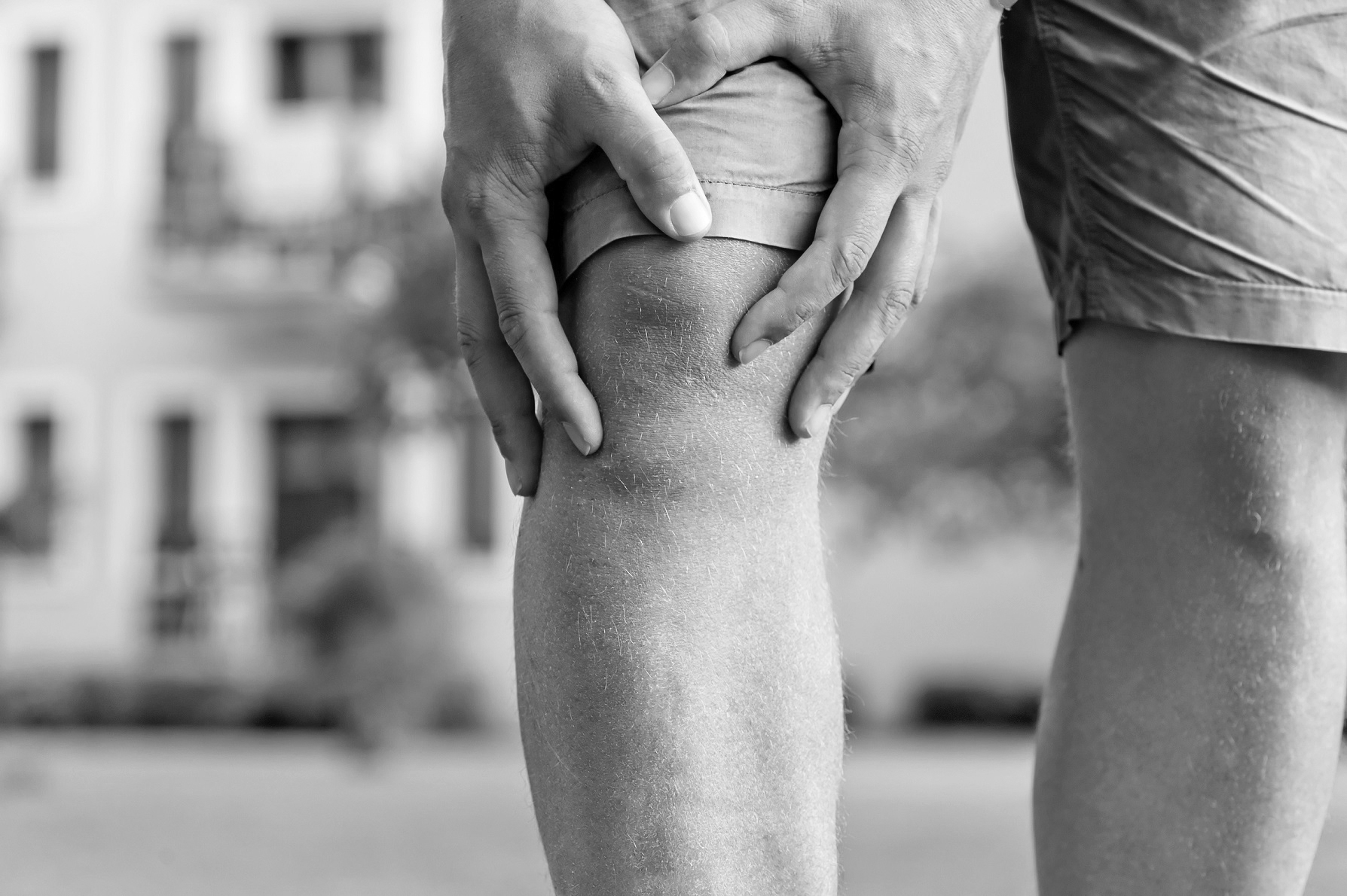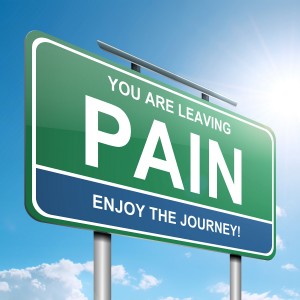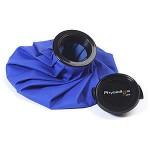Letֳ face it: once youֶe passed a certain age, things start to change a lot quicker than before. Every ten years or so, our body seems to evolve suddenly as if it is trying to show us that, despite the fact that our mind still thinks knows weֲe really young and cool, well, our body doesnִ’t always agree.
If youֶ’ve passed 40, you might have already experienced some side-effects. Weֲe not talking about any possible midlife crisis you might have had (we all get them!) but about physical problems, pain that you havenִ experienced before in your knees or your back and that you cannot ignore anymore.
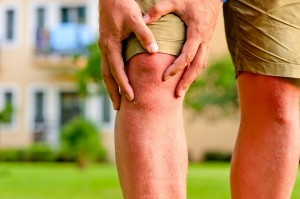
Getting up and down the stairs might become more and more painful, and you might find it harder to get out of your car, walk long distances or simply bend your knees. If you suffer from any of these symptoms and sometimes feel like there is swelling around your knee joint then you might suffer from osteoarthritis.
You would not be alone: 8.5 million people in the UK suffer from this joint condition. That’s nothing compared to the 27 million Americans, or the 10 million French though. Actually, even these numbers are nothing compared to the 175 million people worldwide who suffer from a form of arthritis.
what is osteoarthritis?
Osteoarthritis is a disease that attacks your knee joints. It is usually due to age, but this isnִ the only factor: being overweight is an important factor in causing knee arthritis (48% of people who are overweight suffer from it), as well as having surgery on your joints or doing a physically demanding job. Sometimes, those good old genetics can also play a role!
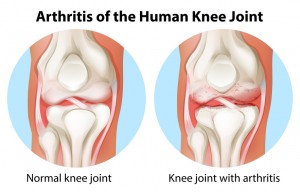
To understand what arthritis does to your knees, it is important to know what exactly a joint is. Your joint is where your bones meet and allow you to move freely.The end of your bone, the cartilage, is a tough tissue that works as a shock absorber, with extra rings of cartilage between the bones.
The knee itself is what we call a synovial joint, which means it is enclosed by a synovial capsule that contains synovial fluid (yes, we know, thatֳ a lot of ӳynovialӡ).
Repetitive stresses over a long period of time as well as sporting trauma or knee injuries can cause the cartilage to be damaged Рeven though the physical signs of arthritis generally only appear in middle age, the disease process starts much earlier.
Your cartilage is normally ultra-smooth to allow friction free movement, but if the superficial layers get damaged, it will take on a frayed appearance. In time, with more stress, this frayed surface evolves into cracks in the articular cartilage, which can leave the underlying bone exposed. To ӨealӬ your body will instinctively try to generate more bone. This causes your bone to grow outward.
But (alas) thatֳ not all. Osteoarthritis also produces soft tissue changes. As the joint becomes deformed, the ligaments which support the joint become stretched.ʠThe synovium (the inner layer of the joint capsule, but weֲe sure youֶe got that already) may thicken and produce extra fluid. This causes your joint to swell, and then the ligaments slowly thicken and contract to try to make your knee more stable.
In severe osteoarthritis, the cartilage can become so thin that it doesnִ cover the ends of your bones. Your bones rub against each other and start to wear away.
- At this point, we would like to apologize for giving you the creeps with all these accurate (and necessary) details!
So how do you know if you have it?
With no surprise, osteoarthritis can be very painful. Luckily enough, its symptoms are easily identifiable. The sooner you detect the disease the easier it will be to learn how to live with it: unfortunately, there is no cure for osteoarthritis as yet. But using braces and adequate supports can help with the pain and prevent the disease from getting worse.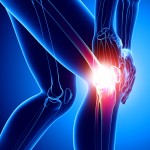
The symptoms can be varied, however suffering from knee pain while climbing stairs or bending should be your first clue, especially if you have had previous knee injuries or surgery. Your knee can also feel swollen, stiff (particularly in cold weather) and the pain tends to be worse when you move your joint or at the end of the day. If you have severe osteoarthritis, you may feel the pain more often.
Your joints may feel stiff after periods of rest, they may creak or crunch as you move, the swelling may be hard (caused by osteophytes) or soft (caused by synovial thickening and extra fluid), and the muscles around your joint may look thin or wasted.
In some cases, your joint may not move as freely or as far as normal. Sometimes it may give way because your muscles have weakened or your joint has become less stable.
Does this sound like you? Exercises to strengthen your muscles can help to prevent it.
Does the weather really make it worse?
You tell us! If you suffer from osteoarthritis, or know someone who does, you will have heard/noticed that the weather makes it worse. But there is no scientific proof of this and many studies have shown different results, however, according to a recent one, pain only worsens by a small amount when the weather is particularly damp or cold.
So what do I do next?
Exercise regularly and take extra care of your knees (donִ twist or injure themɠyou know, the basics!), it will help to prevent osteoarthritis, and will also help to manage the pain. Strengthen your leg muscles and try to maintain a healthy weight to reduce the risks.
While exercising, make sure to wear fitting shoes and insoles to absorb the shocks. Stretch, warm up and donִ be dumb: stop if you start feeling pain in your knees.
If you suffer from osteoarthritis, you have several ways of managing the pain, starting with wearing adequate insoles and braces. The insoles will help with your injury by absorbing the shocks and thus protect your knees, while braces will support your joint, helping reduce pain and provide you with a reassuring aid.
Hereֳ a list of our favourites products to help you with osteoarthritis:
PhysioRoom.com Key Osteo-Arthritis Braces
Donjoy OA Reaction Web Knee Brace 82-7426: You can still practise a physical activity, like running or walking on long distance, when suff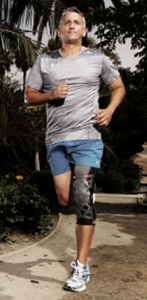 ering˦rom osteoarthritis, especially in the early stages. The Donjoy OA Reaction Web Knee Brace will help with the pain and prevent worsening of symptoms. The lightweight and opened design guarantees comfort during sports activities.
ering˦rom osteoarthritis, especially in the early stages. The Donjoy OA Reaction Web Knee Brace will help with the pain and prevent worsening of symptoms. The lightweight and opened design guarantees comfort during sports activities.
Donjoy OA Nano: When suffering from mild to moderate osteoarthritis, the OA Nano brace will really help to manage the pain while practising any kind of sports activities. This support is incredibly lightweight – in fact it is one of the world’s lightest knee braces, ensuring great comfort to the wearer while effectively reducing the pain in the knee.
Donjoy OA Everyday Knee Brace:ʼ/em> This brace is adapted for everyday activities to help manage the pain of moderate to severe osteoarthritis while keeping a reasonably active life. A memory foam pad will ensure great comfort to the wearer in any circumstances.
Donjoy OA Assist Knee Brace 11-09: This brace has been specifically designed to support mild to moderate arthritis and is ideal for the elderly and those whose lifestyle is more sedentary. Lightweight and comfortable.
Reusable Hot/Cold gel packs GEL3710P: Use it cold or hot to release the pain in your knee joint (cold for a swelling, hot to relax muscles and ligaments).
Ice bag IB2995U009A : This fabric reusable ice bag is ideal to use on the knee as it moulds to the skin.
Insoles
Mysole Racket Sport Insoles MYS602: these insoles absorb the shocks during sport activities and 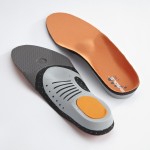 fit easily to any type of shoe, protecting your knees from shocks and impacts.
fit easily to any type of shoe, protecting your knees from shocks and impacts.
Dual Colour TPE gel Insole TGEL0218 : The cushions help to absorb the shocks in the heel, helping to protect your knees.
Rehab
Resistance band F253: These resistance bands will help to strengthen your muscles and tendons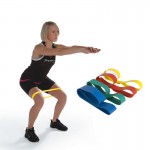 progressively РUse the different levels (light Рmedium Рheavy) according to your needs.
progressively РUse the different levels (light Рmedium Рheavy) according to your needs.
Resistance exercise tubes FT01: Ideal for strengthen exercises РUse the different levels (light Рmedium Рheavy) according to your needs.
For more information on the injury and products, please go to our website Physioroom.com
Sources: Arthritis foundation; Clinical research


